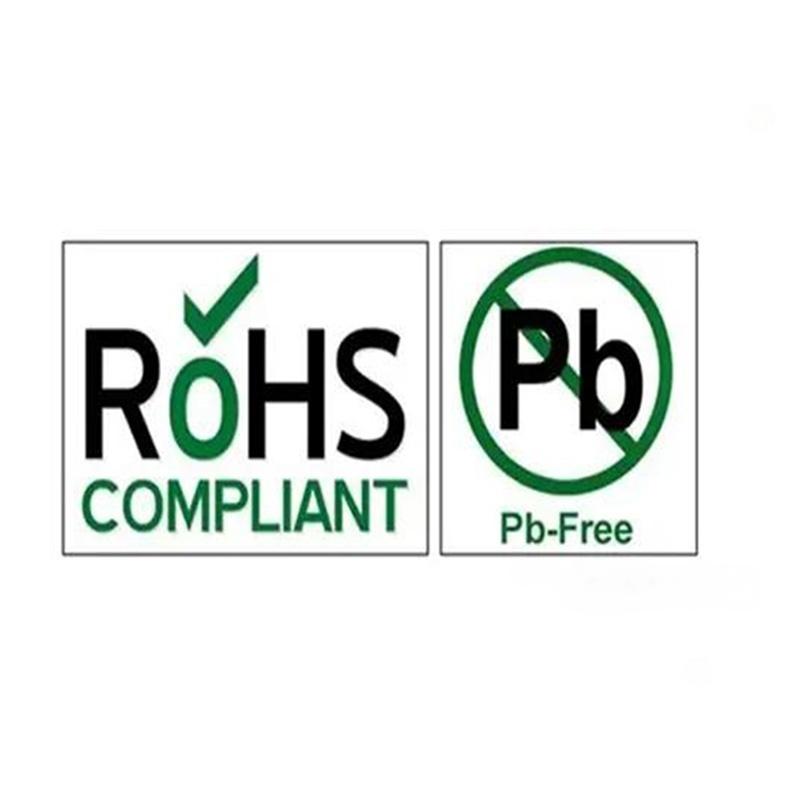

2025-10-16
In today’s world where green manufacturing is a global consensus, the EU’s RoHS Directive and its control of hazardous substances (especially lead) is a challenge that every electronics manufacturer must address. Whether for LCD, TFT, or OLED displays, environmental compliance directly impacts product market access and brand image in sectors like high-end equipment, industrial controls, and consumer electronics. This article clearly explains EASTERN DISPLAY’s approach to RoHS lead control.
1. The Hazard of Lead: A Common Enemy of Environment and Health
Lead is a toxic heavy metal. If it leaches from discarded electronic products into the environment, it causes long-term contamination of soil and water sources. Ultimately, it endangers human health through the food chain, particularly affecting children’s nervous system development. Therefore, our company fully recognizes that implementing lead-free practices is not just a regulatory requirement but also a vital aspect of our corporate social responsibility.
2. Presence and Challenges of Lead in Display Modules
In traditional LCD and TFT displays, lead may be present in glass substrates, electrode materials, or soldering processes. Even in technologically advanced OLED displays, the encapsulation process might involve lead-containing materials. It is worth noting that the price of OLED displays partly reflects the high requirements of complex processes like lead-free encapsulation. Comprehensive identification and control of these potential risk points form the foundation for achieving full product compliance.
3. Exemption Clauses: A Pragmatic Approach to Ensure Reliability
The RoHS Directive is not a “one-size-fits-all” rule. In areas where no reliable alternatives currently exist, such as in certain glass, ceramic, or piezoelectric materials, the Directive establishes “exemption clauses.” This demonstrates the scientific and pragmatic nature of the regulation.
Industrial & Automotive Electronics: Critical components in TFT displays for vehicle central controls or LCD displays used in harsh industrial environments may qualify for exemptions. This ensures their ultimate reliability under conditions like vibration, high temperatures, and low temperatures.
Medical Devices: LCD displays equipped in life-critical medical equipment have paramount stability requirements. Exemption clauses safeguard the safety of such products.
Our company accurately understands and applies these exemption clauses, aiming to provide the optimal balance of performance and reliability for our customers’ critical applications.
4. EASTERN DISPLAY’s Commitment and Control System
We solemnly commit that all our products comply with RoHS Directive requirements and have established a mature, transparent compliance assurance system:
1. Source Control & Supply Chain Collaboration: We rigorously screen suppliers and require them to provide authoritative RoHS Declarations of Conformity and test reports. This ensures the environmental friendliness of materials used in our LCD, TFT, and OLED display modules from the source.
2. Precise Identification & Transparent Management: For specific lead-containing materials used under exemption clauses, we clearly identify them in technical documentation. This ensures high transparency for our customers and facilitates your product compliance declarations.
3. Customer-Oriented, Dual Assurance: For customers pursuing completely lead-free solutions, we provide LCD display products that fully meet the 1000ppm threshold limit. Simultaneously, if your product falls under exempted applications (e.g., in industrial control, medical devices, automotive electronics), we also provide complete technical support and compliance documentation.
Summary
From basic LCDs to sophisticated OLED displays, environmental compliance is an irreversible global trend. Choosing EASTERN DISPLAY as your display module partner means you not only get high-quality products but also a reliable solution for navigating global environmental regulations. We are committed to collaborating with our customers to jointly promote the sustainable development of the green electronics industry.
